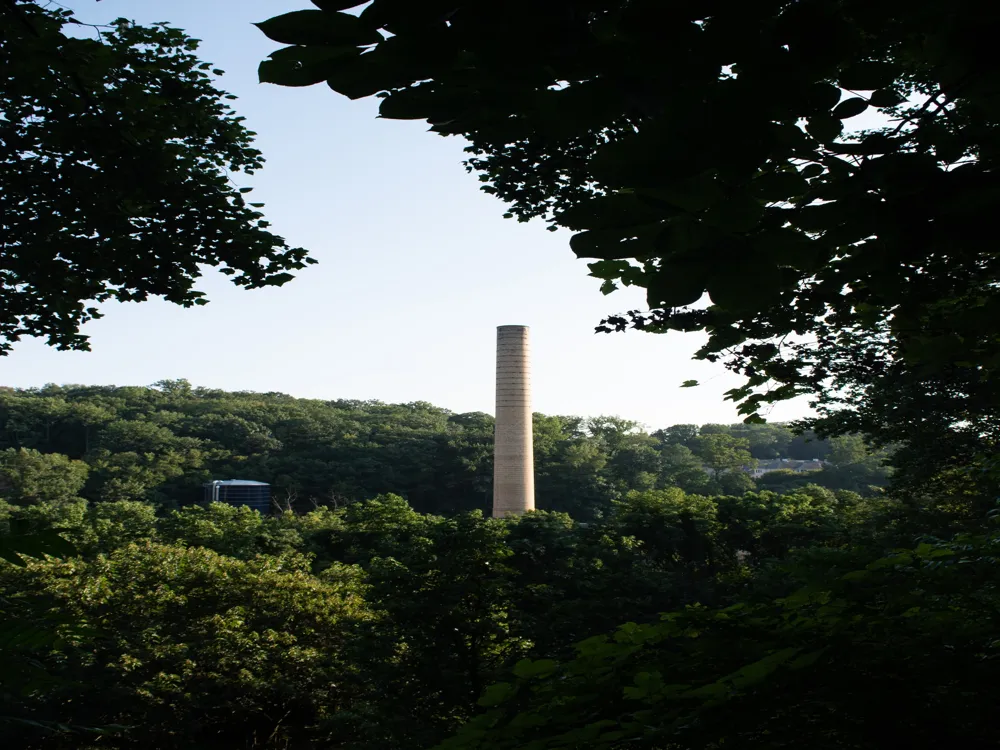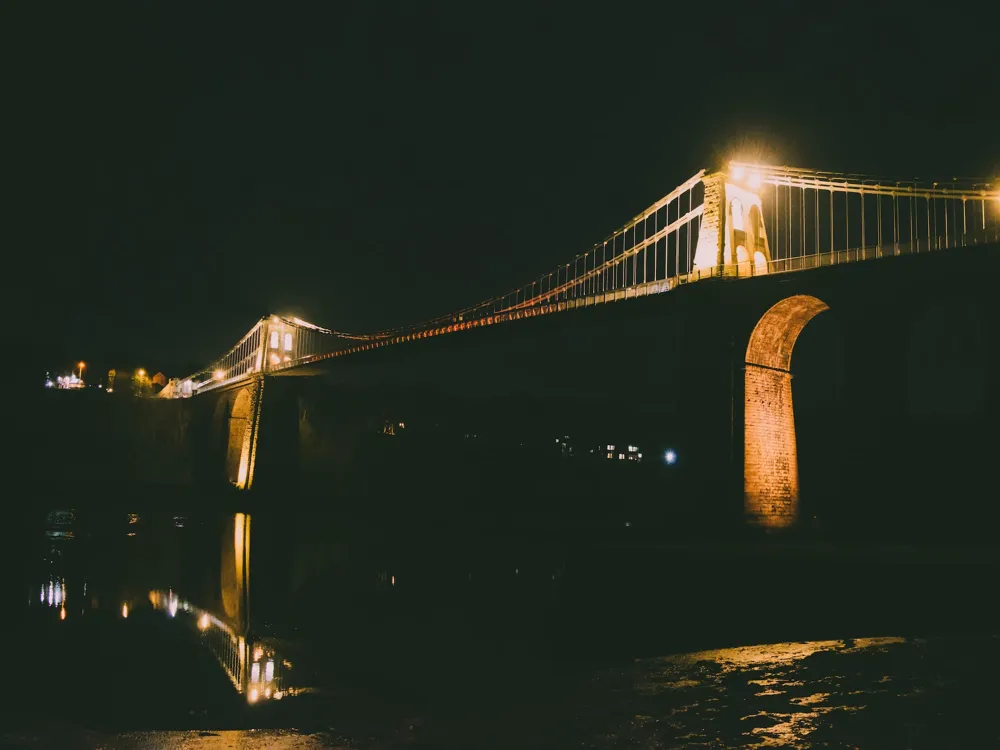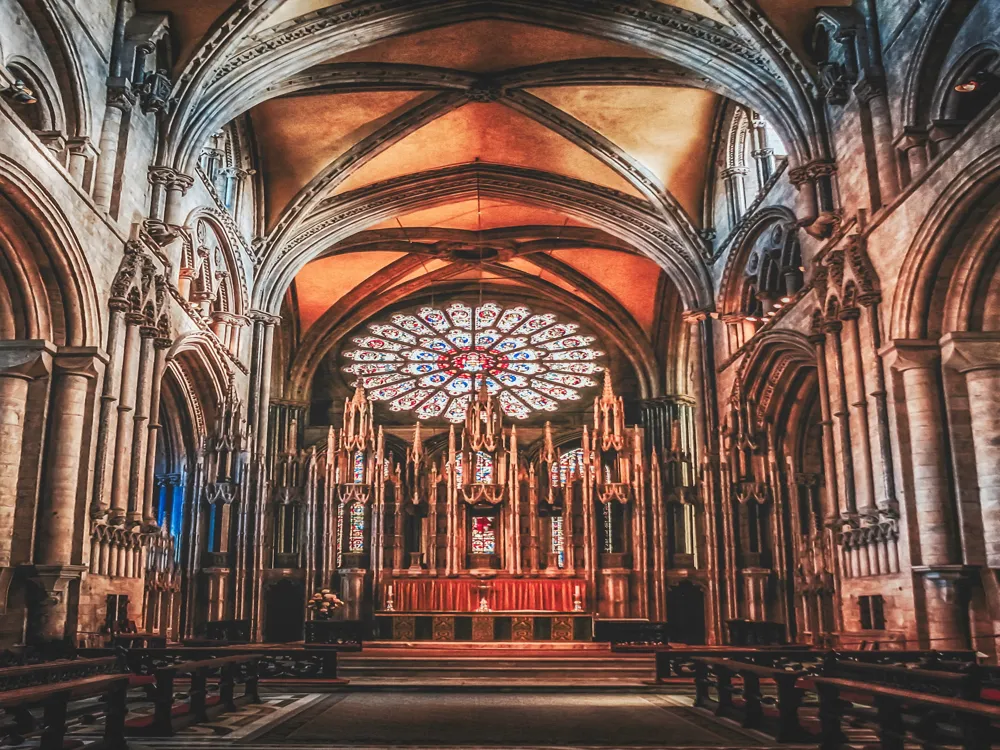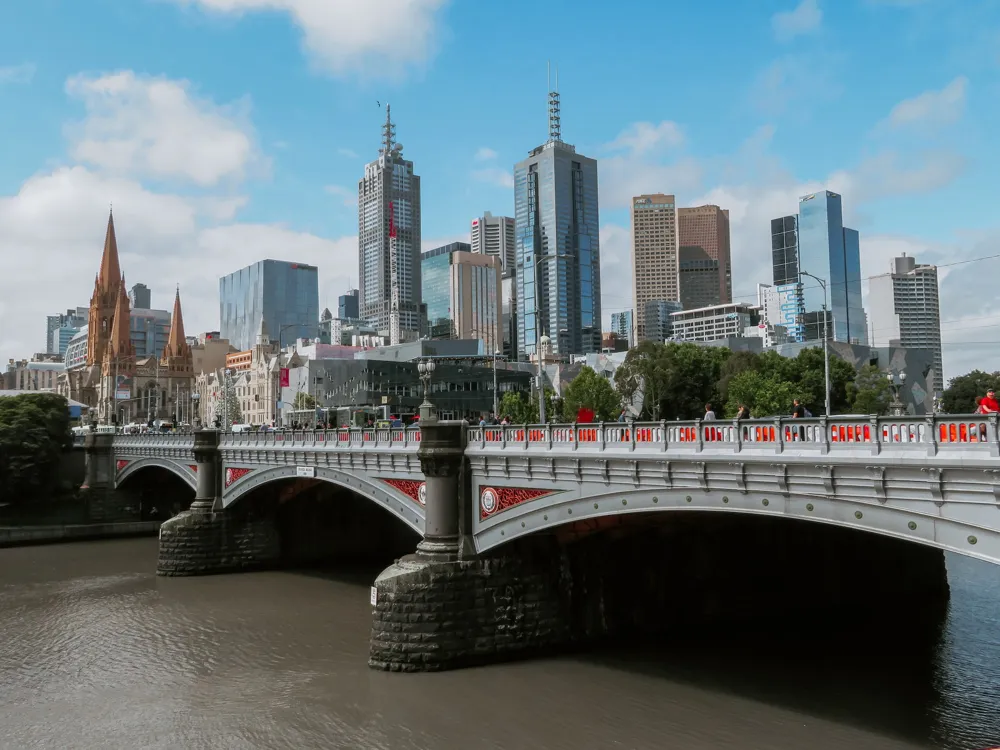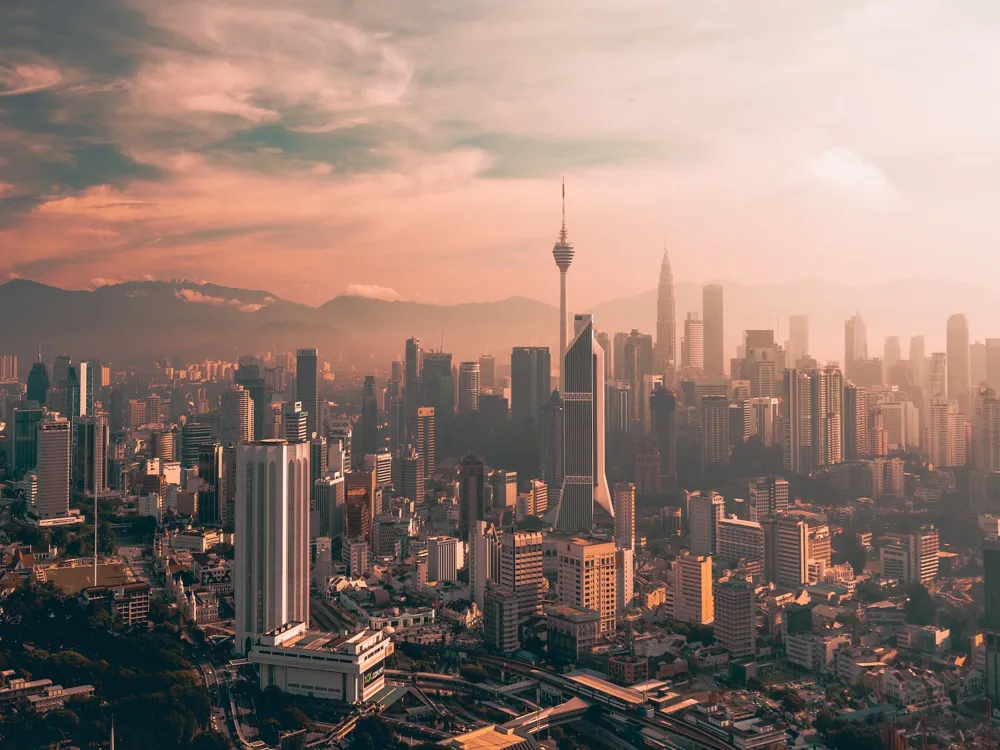The Ingleses Bridge, an architectural marvel in Fortaleza, Brazil, is a testament to the city's rich history and cultural heritage. Constructed in the early 20th century, this bridge has become an iconic symbol of Fortaleza's urban landscape. Its strategic location over the Ceará River makes it a vital link between different parts of the city, facilitating both pedestrian and vehicular movement. The bridge's unique design reflects a blend of various architectural influences, making it a subject of study and admiration for architects and historians worldwide. Over the years, the Ingleses Bridge has not only served as a functional infrastructure but has also emerged as a popular tourist attraction, offering breathtaking views of the city's skyline and the serene waters of the Ceará River. The construction of Ingleses Bridge dates back to the early 1900s, during a period of significant urban development in Fortaleza. Its name, translating to 'English Bridge', stems from the influence of British engineering on its design and construction. The bridge was initially built to improve transportation and commerce in the region, serving as a critical link between the city center and the more remote areas. Over time, it has witnessed numerous historical events and has become an integral part of Fortaleza's identity. Its resilience and enduring presence stand as a symbol of the city's growth and progress. The architecture of Ingleses Bridge is a remarkable fusion of functionality and aesthetics. Its design incorporates elements of British engineering, characterized by the use of iron and steel, a rarity in Brazilian architecture at the time. The bridge features a series of arches and trusses, showcasing precision in engineering and design. The intricate metalwork, combined with the robust stone foundations, highlights the blend of industrial and traditional construction techniques. The bridge's elevation and curvature are not just structurally significant but also add to its visual appeal, making it a picturesque landmark. Beyond its architectural and historical significance, Ingleses Bridge has a profound cultural impact on the residents of Fortaleza. It has been the backdrop for numerous cultural events, festivals, and artistic expressions. The bridge is often featured in local literature, paintings, and photography, symbolizing the city's journey through time. It's a place where locals and tourists alike gather to enjoy the scenic beauty, capture moments, and experience the vibrant life of Fortaleza. The bridge, thus, transcends its physical form to become a living part of the city's cultural narrative. Delving into the architectural intricacies of Ingleses Bridge reveals a fascinating blend of structural ingenuity and aesthetic charm. The bridge's design is a testament to the technological advancements of its era and the skilled craftsmanship involved in its construction. Its architecture is not just a mere physical structure but a narrative that speaks volumes about the era, the influences, and the aspirations of the people who built it. The Ingleses Bridge's structure is a marvel of engineering, predominantly constructed with iron and steel, materials that were considered innovative for bridge construction in Brazil at that time. The use of these materials not only provided the necessary strength and durability but also allowed for a level of design flexibility that was previously unattainable. The bridge's foundation is laid on robust stone piers, ensuring stability and resilience. The combination of iron trusses and arches forms the main framework, which is both functional and visually striking. The influence of British engineering on the design of Ingleses Bridge is unmistakable. This influence is evident in the precision of the metalwork, the use of advanced construction techniques, and the overall structural layout. The British were known for their expertise in iron bridge construction during the early 20th century, and this expertise is reflected in the meticulous design and execution of the Ingleses Bridge. Ingleses Bridge is not just an isolated architectural entity but an integral part of Fortaleza's urban landscape. Its location and design were carefully planned to complement the surrounding areas. The bridge acts as a seamless connector, linking various parts of the city and enhancing the urban fabric. Its aesthetic appeal adds to the city's skyline, making it a landmark that is both functional and picturesque. The best time to visit Ingleses Bridge is during the dry season, from July to December. The weather is pleasant, with minimal rain, providing clear views and comfortable conditions for exploring. While Ingleses Bridge is generally safe, visitors are advised to be mindful of their surroundings and personal belongings. The bridge is accessible to pedestrians and vehicles, with designated walkways ensuring a safe experience. For photography enthusiasts, the bridge offers stunning views, especially during sunrise and sunset. Capturing the silhouette of the bridge against the backdrop of the city's skyline can result in breathtaking photos. Ingleses Bridge in Fortaleza is easily accessible by various modes of transportation. Visitors can opt for public transport, such as buses and taxis, which are readily available throughout the city. For those preferring a more personalized experience, renting a car or using ride-sharing services offers the flexibility to explore at one's own pace. The bridge's central location and its significance as a city landmark make it an easily recognizable and reachable destination for tourists and locals alike. Read More: Overview of Ingleses Bridge in Fortaleza
History and Significance
Architectural Features
Cultural Impact
Architecture of Ingleses Bridge
Structural Design and Materials
Influence of British Engineering
Integration with the Urban Landscape
Tips When Visiting Ingleses Bridge
Best Time to Visit
Safety and Accessibility
Photography Tips
How To Reach Ingleses Bridge
Ingleses Bridge
Fortaleza
NaN onwards
View fortaleza Packages
Fortaleza Travel Packages
View All Packages For Fortaleza
Top Hotel Collections for Fortaleza

Private Pool

Luxury Hotels

5-Star Hotels

Pet Friendly
Top Hotels Near Fortaleza
Other Top Ranking Places In Fortaleza
View All Places To Visit In fortaleza
View fortaleza Packages
Fortaleza Travel Packages
View All Packages For Fortaleza
Top Hotel Collections for Fortaleza

Private Pool

Luxury Hotels

5-Star Hotels

Pet Friendly







